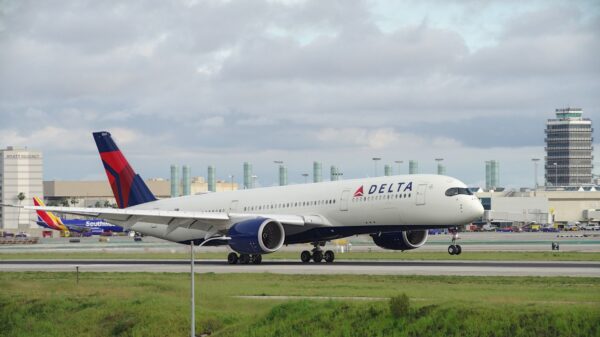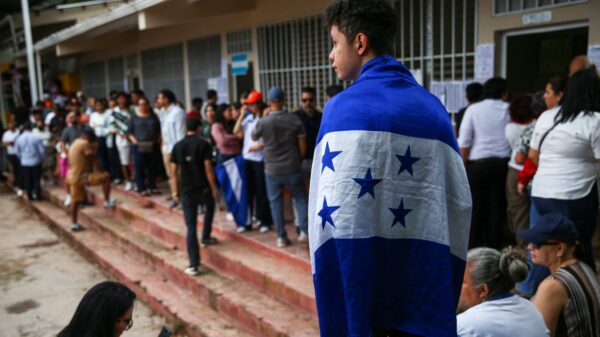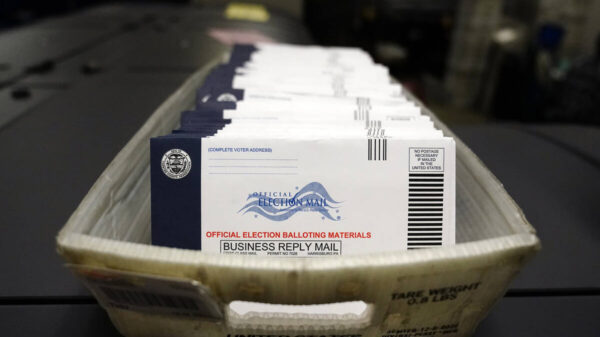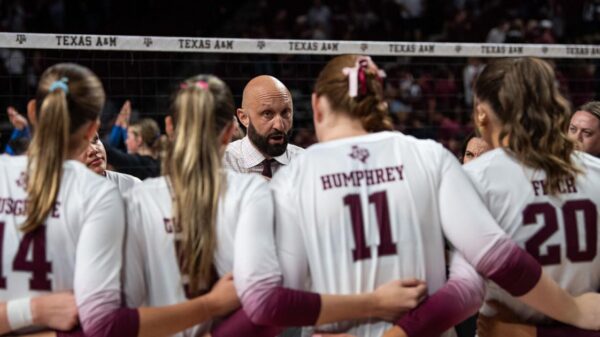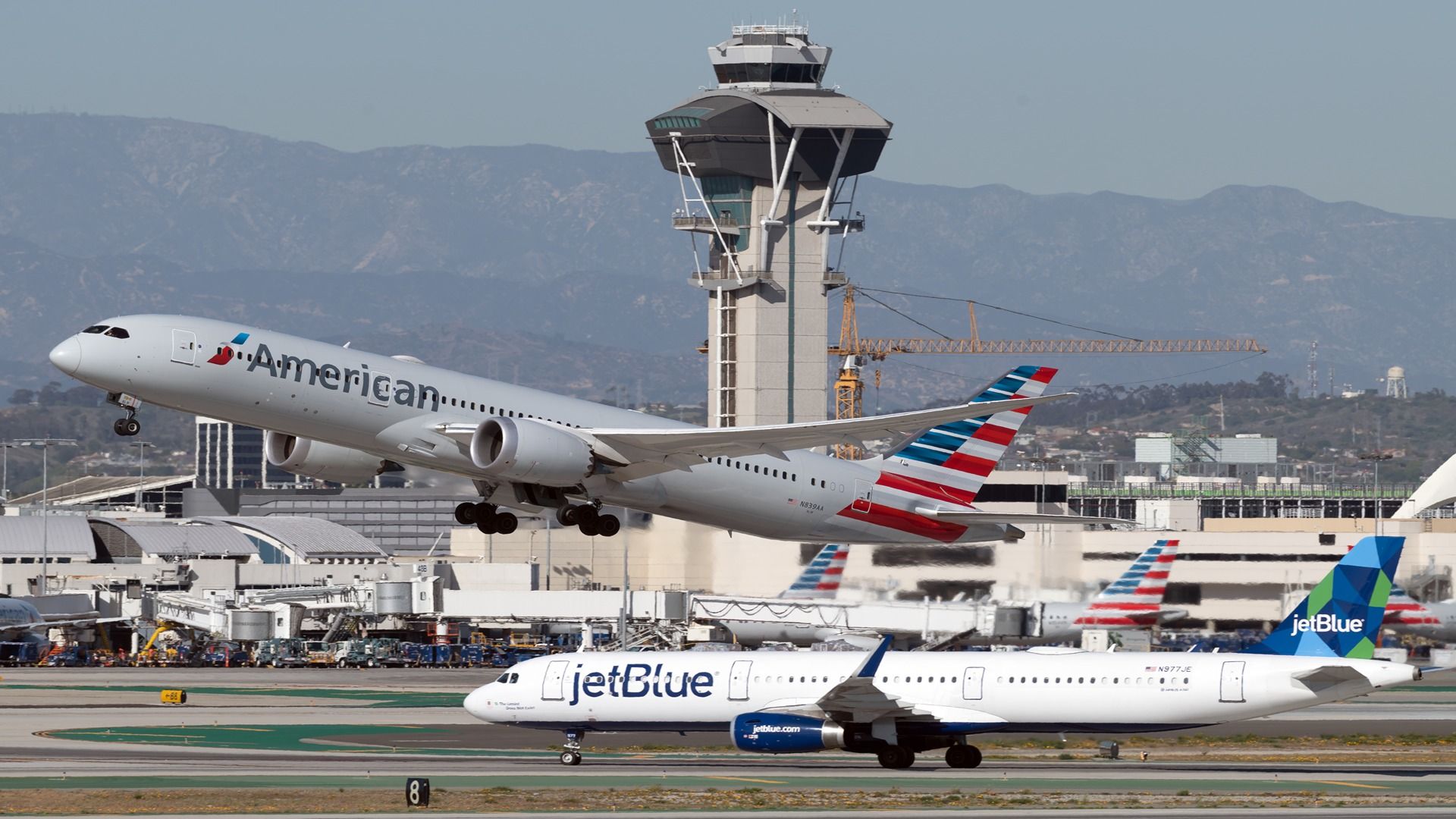The ongoing shutdown of the United States Government, now in its 31st day, has severely disrupted the aviation sector. Flights across major airports are experiencing significant delays and cancellations, creating a ripple effect that extends throughout the entire air travel system. Key personnel, particularly Air Traffic Controllers and Transportation Security Administration (TSA) staff, have been working without pay, leading to staffing shortages at critical locations.
The situation is particularly dire in New York, home to some of the busiest airports in the country, including John F. Kennedy International Airport (JFK), Newark Liberty International Airport (EWR), and LaGuardia Airport (LGA). Reports indicate that over 80% of air traffic controllers in the New York area were unavailable on Friday, October 30, 2023. Nationwide, nearly 50% of the 30 busiest airports are grappling with similar staffing challenges, raising serious concerns about passenger safety and service reliability.
As the shutdown continues, thousands of flights have been delayed or canceled. Data from FlightAware reveals a significant increase in disruptions, with 4,650 flights delayed and 157 canceled on October 29, escalating to 7,378 delays and 1,251 cancellations just a day later. On October 31, the numbers showed 5,849 delays and 493 cancellations, illustrating the mounting pressure on the aviation industry.
A statement from the Federal Aviation Administration (FAA) highlighted the stress and fatigue among air traffic controllers, stating, “After 31 days without pay, air traffic controllers are under immense stress and fatigue. The shutdown must end so that these controllers receive the pay they’ve earned and travelers can avoid further disruptions and delays.”
The disruptions have prompted urgent calls from airline executives for a resolution to the shutdown. Leaders from major airlines, including United Airlines and American Airlines, met with U.S. Vice President JD Vance and Secretary of Transportation Sean Duffy at the White House to address the growing crisis. They emphasized the human factor, noting that approximately 13,000 air traffic controllers and 50,000 TSA staff are working without compensation, which raises serious safety concerns amid the ongoing understaffing.
A recent report indicated that 285 out of 313 air traffic control facilities in the U.S. are currently understaffed. This translates to 91% of facilities operating below the recommended staffing levels set by the FAA and the National Air Traffic Controllers Association (NATCA). Alarmingly, some facilities are functioning with as much as 40% of their positions unfilled, a significant decline from late 2023 when 77% of facilities were already understaffed.
To combat these staffing issues, cities like Austin, Texas, are proactively establishing Air Traffic Controller academies to train new personnel. This initiative aims to ensure that adequate numbers of controllers are available at local airports, such as Austin Bergstrom International Airport (AUS), and across the nation.
As the shutdown persists, the aviation industry faces unprecedented challenges. With increasing flight delays and cancellations, the pressure mounts for a resolution that can restore normalcy to air travel and ensure the safety and well-being of both staff and passengers.






